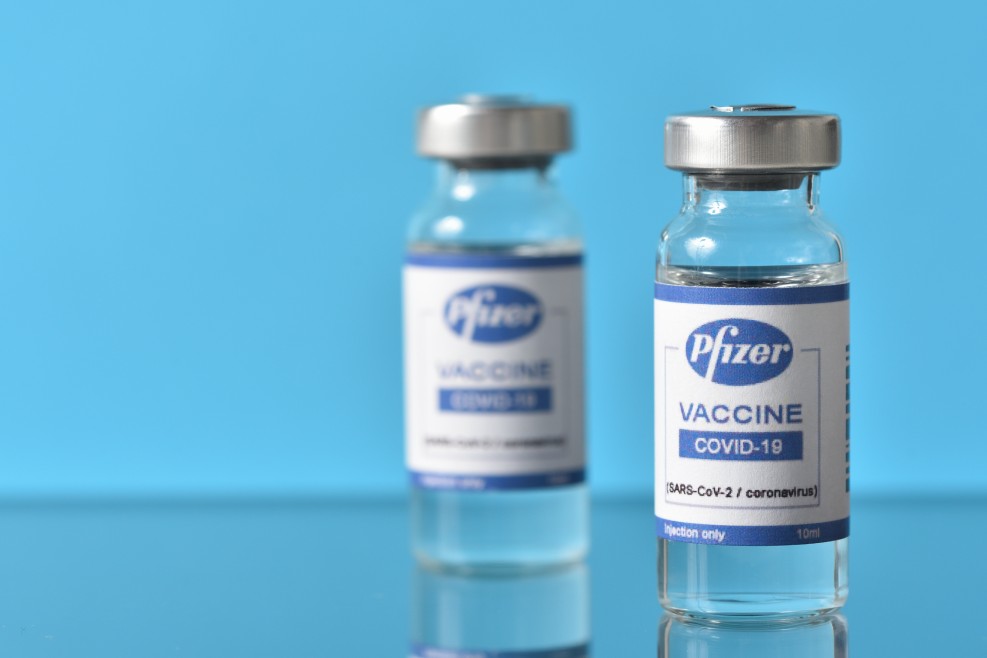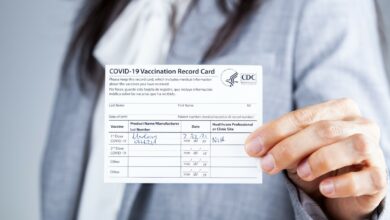The fight against COVID-19 vaccine hesitancy got a boost on Monday when the US Food and Drug Administration (FDA) officially approved the Pfizer shot. This approval is particularly significant because it will give businesses and organizations more license to mandate the vaccine.
According to the FDA, the vaccine will be marketed under the name Comirnaty. While the vaccine had been in use under an emergency use authorization (EUA) since December, it is only now that the product has full approval.
Approximately 92 million of the over 170 million people in the US that are fully vaccinated have received the Pfizer vaccine.
FDA Acting Commissioner Dr. Janet Woodcock said that the public can feel confident that the vaccine has gone through the rigorous testing process required for FDA approval. FDA officials worked around the clock to issue the approval, using a comprehensive benefit-risk assessment process using the real-world data from the last several months.
The approval also gives Pfizer the authority to advertise its vaccine.
President Joe Biden addressed the nation on Monday afternoon regarding the approval, calling the vaccine “safe, effective, and convenient.” Biden also spoke to the concerns of parents about not having a vaccine for children under the age of 12. The president said the best thing that parents can do is to ensure that everyone around the child is vaccinated and to make sure children are masked when they leave the home.
Limitations to Approval
It is important to note that the FDA approval only applies to the Pfizer vaccine for use in people over the age of 16. The 12 – 15 age group is still using the vaccine under its previous EUA. In addition, the EUA is still the umbrella governing the use of booster shots for the immunocompromised population.
The next step in the vaccine rollout process will undoubtedly be the EUA grant for use in children under the age of 12. The FDA was clear in its Monday remarks that the approval does not give physicians the green light to prescribe the vaccine off-label for children younger than 12.
While some officials had hoped that the vaccine for children would receive its EUA early this fall, it would appear as if this date has been pushed back. The FDA recently asked Pfizer and Moderna to provide six full months of safety data compared to the two months it required for adults. According to US Surgeon General Dr. Vivek Murthy, it is possible that the vaccine will be available for children under the age of 12 prior to the end of 2021.
Pfizer now has the distinction of being the first vaccine in the US to receive FDA approval. Moderna has started the application process for approval, however, Johnson & Johnson has not yet filed the paperwork to begin the process of obtaining full FDA approval of its product.
Hope the Approval Will Spur More Vaccinations
Health officials are hopeful that this approval will help to spur more vaccinations. Many of the most hesitant Americans have expressed that they did not want to get a vaccine that had not been fully approved.
The approval also opens the doors for organizations to mandate the vaccine as a condition of employment. Because it is approved, it is a possibility that schools would also feel more freedom to require the vaccines for eligible students.
Pentagon Announces Vaccine Requirement
On the heels of the FDA approval, Pentagon press secretary John Kirby announced that the US military will start requiring that all service members get the COVID-19 vaccine. Kirby said that the Department of Defense is preparing to release its updated guidance on the issue.
New York City Educators Required to Get Vaccine
Also on Monday, New York City Mayor Bill de Blasio announced that all education department staff for its public school system will be required to show proof of vaccination of at least one dose by September 27. This mandate makes the New York City Department of Education the largest public school system in the country to require the vaccine for its staff. This mandate will apply to at least 143,000 workers.
New York City joins Washington state and Oregon in requiring its educational workers to get vaccinated.
Vaccine Rates Increase
The only silver lining of the surge of cases over the last month is that the vaccine rate has also increased. Over the last few days, there has been an average of over one million new doses of the vaccine put into the arms of Americans. According to the US Centers for Disease Control and Prevention (CDC), this is the first time since early July that the rate has soared above this number.
Two states leading the way in an increase in vaccines are Oklahoma and Louisiana. While both of these states had been far below the national average for vaccination rates, they are now outpacing this average.






